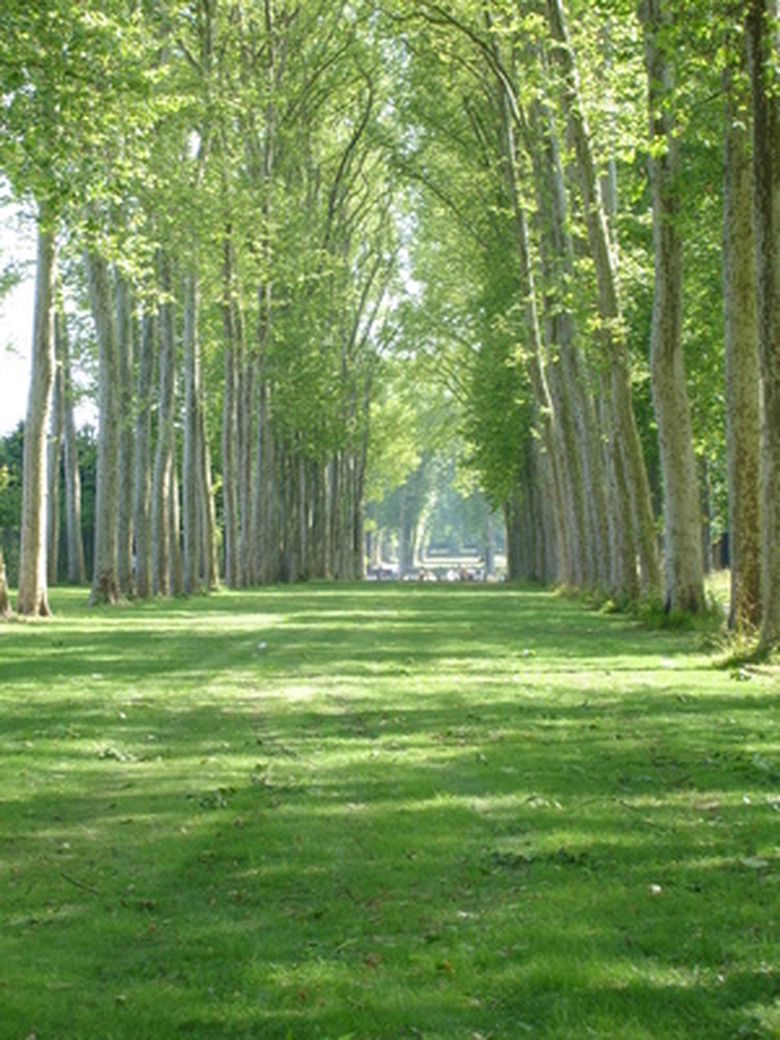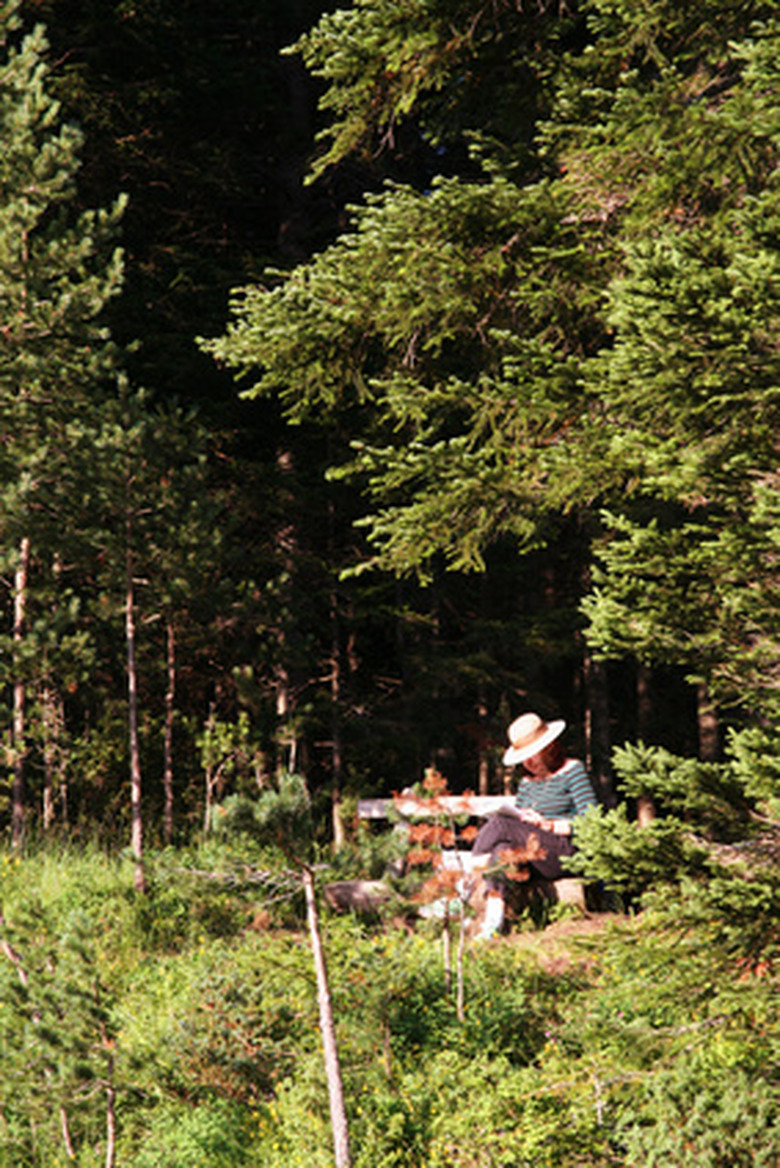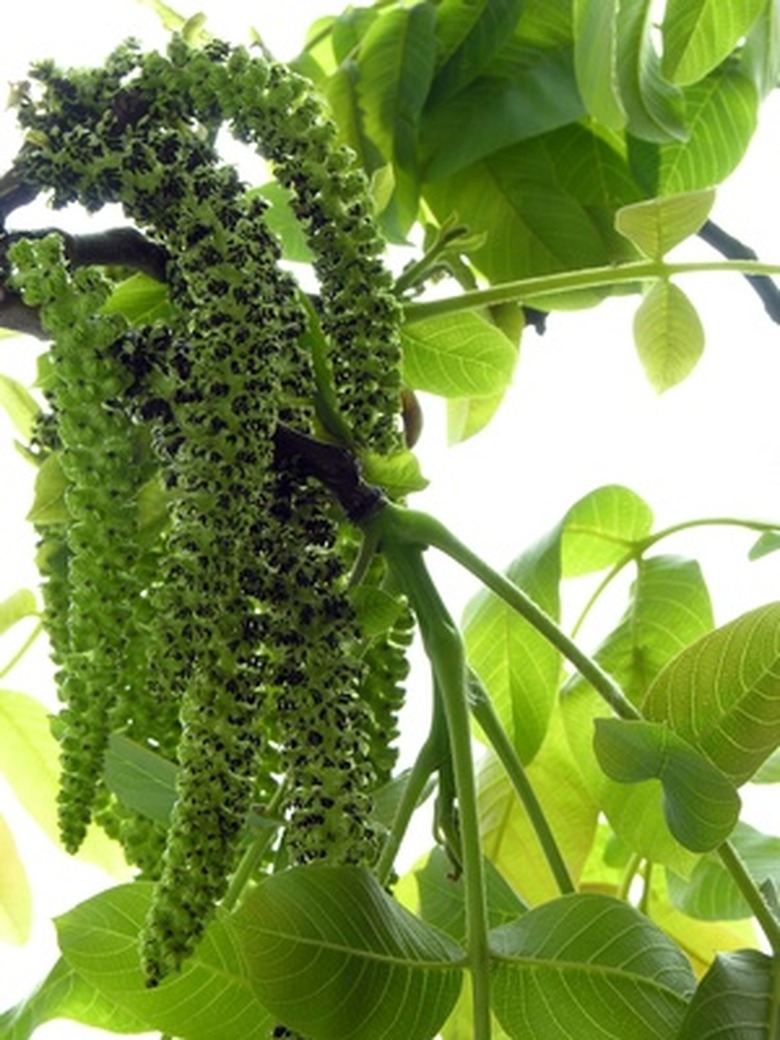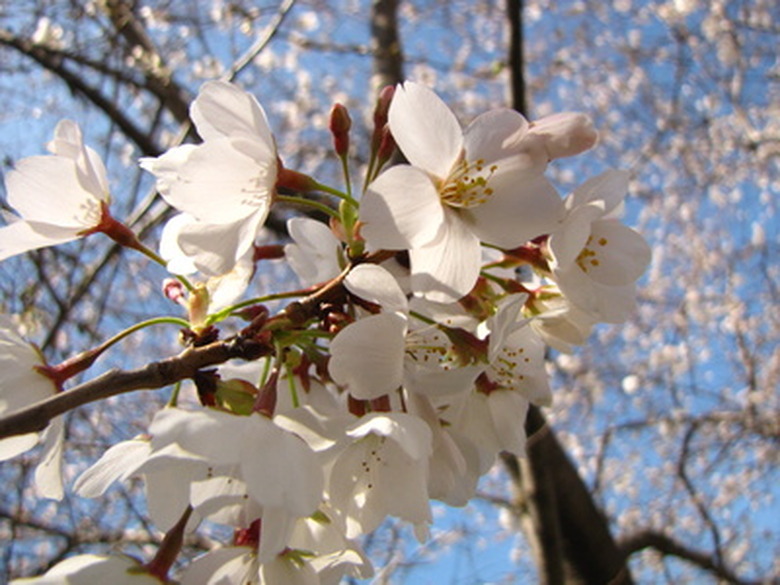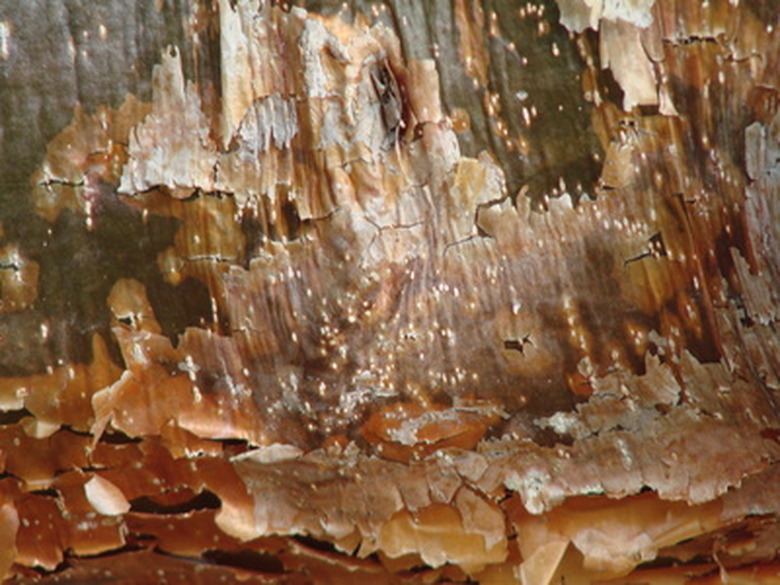Indiana Leaf Identification
Looking across ample fields of corn and soy beans may lead you to believe that trees are in short supply in Indiana, but, on the contrary, more than 124 different types of native trees call the Hoosier state home. Add in the sizeble number of non-native trees that have naturalized to Indiana's climate over time and you have a wide variety that can make identifying specific species of tree challenging for all but die-hard botanists.
Invest in a Good Field Guide
Given the large number of different types of trees in Indiana as well as the sometimes subtle differences in their leaves, properly identifying one type of tree from another can be nearly impossible without a good visual reference. Fortunately, many inexpensive and portable field guides exist to take away some of the guesswork. With a good field guide in hand, looking at the structure and formation of a tree's leaves will help you to hone in on the actual species.
Simple, Lobed or Compound Leaves
Look first at the type of leaf itself. Deciduous trees in Indiana–those bearing leaves instead of needles, such as pine and fir trees–will usually have leaves in one of three shapes: simple, lobed or compound. Simple leaves have an overall contiguous basic shape, such as round, oval, triangular or oblong, examples of which are hackberry and slippery elm. Lobed leaves, however, will have identifiable indentations along their edges. Well-known examples of Indiana trees with lobed leaves include the large families of maples and oaks.
- Looking across ample fields of corn and soy beans may lead you to believe that trees are in short supply in Indiana, but, on the contrary, more than 124 different types of native trees call the Hoosier state home.
- Add in the sizeble number of non-native trees that have naturalized to Indiana's climate over time and you have a wide variety that can make identifying specific species of tree challenging for all but die-hard botanists.
Different Types of Compound Leaves
Compound leaves on Indiana trees are even more varied and can be divided into three types: compound, twice compound and palmate compound. Compound leaves develop multiple smaller leaflets along a main leaf stalk; black walnut, hickory and poison sumac are examples common to Indiana. If the main stalk produces secondary stalks that include smaller leaflets, that type of leaf is twice compound in structure. If, however, multiple leaflets are sprouting from the end of the main leaf stalk–horse chestnut and buckeye trees being two examples–that type of leaf is a palmate compound leaf.
Opposite or Alternate Leaf Attachment
To further narrow down the Indiana tree species, look also at how the eaves are attached to the tree's twigs. Leaves will be attached to twigs in one of two ways–opposite or alternate. Some deciduous trees will have leaves that grow directly opposite of each other. Eastern flowering dogwood, an Indiana native, grows simple oval leaves in an opposite configuration. Leaves that do not grow directly opposite of each other are called alternate in their growth pattern. The tulip tree, Indiana's official state tree, is known for its large, shady lobed leaves that grow in an alternating pattern on the species' twigs.
- Compound leaves on Indiana trees are even more varied and can be divided into three types: compound, twice compound and palmate compound.
- If, however, multiple leaflets are sprouting from the end of the main leaf stalk–horse chestnut and buckeye trees being two examples–that type of leaf is a palmate compound leaf.
Other Features to Aid in Tree Identification
Telling exactly what type of maple tree is growing in your front yard may be extremely difficult by looking at the leaves alone. While the leaves may narrow a tree down to the right family, other features such as the tree's habitat, height and overall shape, as well as any other distinguishing features such as bark type, bark color and the presence of thorns, flowers and fruit, may be needed to identify a specific species within a family of Indiana trees.
References
- "Trees of Indiana Field Guide", Stan Tekiela; 2006
